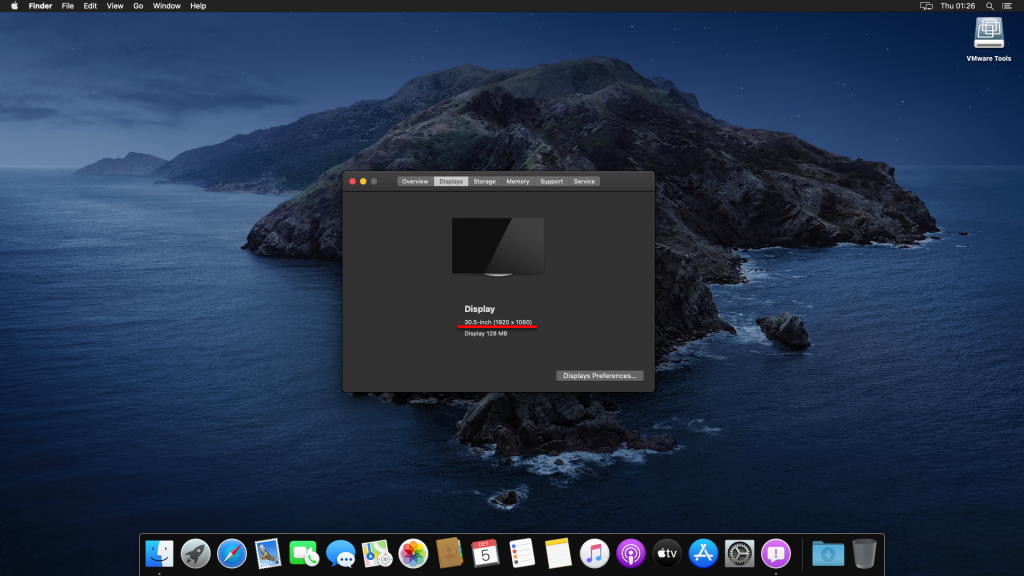

We suggest scenarios for the martian dynamo that can reconcile these observations with the strong magnetizations in the southern hemisphere and the absence of magnetic fields over the major basins. Furthermore, we provide the first identification of a datable surface unit as the source of martian magnetization that postdated major basin formation. We use nighttime MAVEN data collected below 200 km altitude to demonstrate that a dynamo likely operated at the time of formation of the northern hemisphere lowlands and the dichotomy boundary, providing new information on the earliest existence of a global magnetic field. S1) that allows detection of signals too weak or wavelengths too short to have been observed by MGS. These data reveal a high-fidelity, high–spatial resolution ( 15, 16) picture of the martian crustal magnetic field (table S1 caption and fig. Here, we present new constraints on the timing and strength of the martian dynamo from Mars Atmosphere and Volatile EvolutioN (MAVEN) magnetic field data ( 14) acquired globally at altitudes as low as ~130 km at night. Although such spatial correlations are suggestive, a critical limitation is that it has not been possible to identify whether buried units of unknown age (likely predating 3.9 Ga ago) or datable surficial units give rise to the magnetic field signatures ( 10). 1) based on magnetic signals observed over younger volcanoes and lava flows ( 10– 13), active or emplaced after 3.9 Ga ago. A “late” dynamo that started ( 9) after basin formation has also been proposed ( Fig. Furthermore, in this scenario, although a dynamo is inferred to have been present at the timing of formation of ~4.2- to 4.3-Ga old basins ( 7), the earliest history of the dynamo field was unknown. In this interpretation, the unmagnetized basin interiors and magnetized exteriors result from demagnetization within the basin during its formation in the absence of a global field. An “early” dynamo that had ceased by the time of basin excavation around 3.9 Ga ago ( Fig. Most hypotheses regarding timing of the martian dynamo are based on the presence of magnetic fields over the heavily cratered southern hemisphere and their absence over the interiors of the large basins: Hellas, Argyre, and Isidis ( 1, 7– 9). Share your experience below in the comments section.Establishing the timing and duration of the martian magnetic field, relative to these major events in martian history, is critical to, e.g., understanding whether large impacts played a role in initiating ( 5) or inhibiting ( 6) a dynamo, or whether the change in surface climatic conditions after ~3.7 Ga ago ( 3) was linked to the cessation of a core dynamo. Hopefully, one of the above fixes worked for you. This should allow you to start the application new, and hopefully where it’s back on the screen. From there, select the application, then “ Force Quit“. Try selecting “ Apple” Menu, then “ Force Quit…“. Some MacBooks may require you to press “ Command” + “ Fn” + “ F1” Fix 5 – Force Quit Try toggling mirror settings by holding “ Command” and pressing “ F1“. Change “ Rotation” to “ 90°“, then switch back to “ Standard“.Note: This option is not available on all configurations. Change the resolution setting back to the desired setting.

This should force the window for the application back on the screen where you can drag it to a safe place. Ensure “ Scaled” is selected under “ Resolution“.Select the Apple Menu, then choose “ System Preferences…” > “ Displays“.Select the application in the dock, then choose “ Window” > “ Zoom“.


 0 kommentar(er)
0 kommentar(er)
